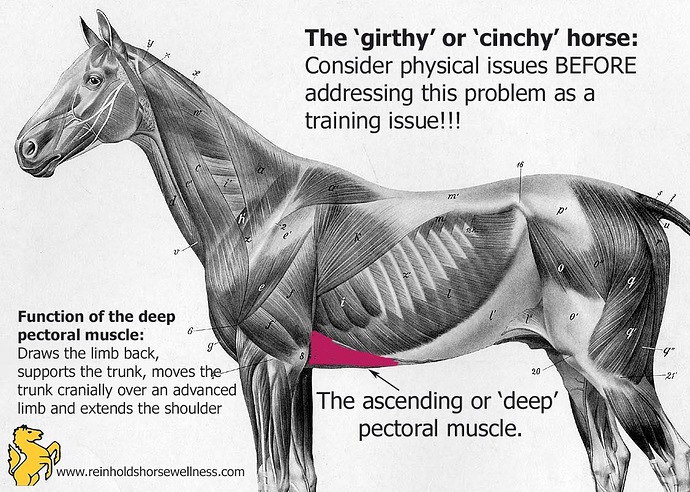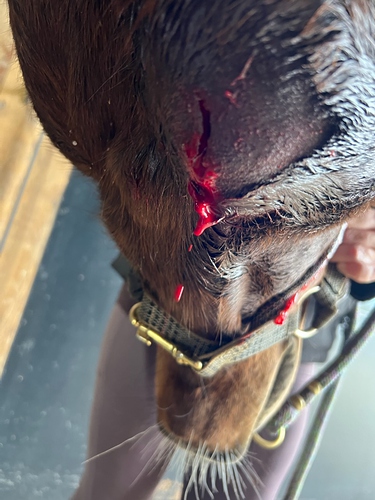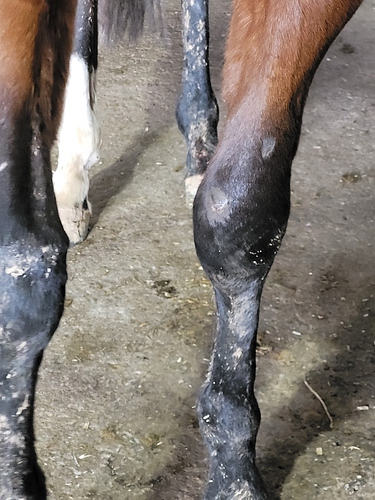I put down my coming 6yo three years ago. When I made the decision it was because something was NQR, had been for a long time, diagnostics couldn’t find anything and I couldn’t sink $$$$ into bone scans and MRIs. Best guess was possibly some sort of neck issue that was hard to find on rads or u/s, or possibly massive pelvic trauma (he came to me with a rearing and aggression problem, I would not be surprised at all if the folks I got him from flipped him over).
He had an undisclosed bow when I got him. Tried to do stall rest, he physically climbed out of the stall. Got aggressive, was like flying an athletic 17h kite aiming for your head when being hand walked. Gave up and turned him out with my other horses for 18 months, tendon looked great. In that time he had some major hoof issues, an abscess so bad I thought he’d ruptured a tendon or something, sliced open parts of his body multiple times, and spent various amounts of time being ever so slightly lame.
Got the all clear to start back into slow work on the tendon, and it became obvious something else was really wrong. I did the dx I could but again, there were financial constraints.
When the doctors pretty much shrugged and said they weren’t sure without another $2k + in dx, I decided to put him down. He was big, young, athletic, could have easily been dangerous to handle in the wrong hands, constantly injured, and in various degrees of pain. Spoiled him rotten for two weeks, made the appointment for a Saturday, dug the hole on the Tuesday before…he maimed himself irreparably and unsalvageably on the Wednesday. I still firmly believe he was telling me that he was done and didn’t want to wait any longer than he had to. He made the choice easier…but the choice had been made before it was the only option.
All of this long post to say: there is no shame in throwing in the towel. If the horse can’t be safely rehabbed, can’t be safely allowed to be a horse, and seems hellbent on crippling itself…I would not be ashamed to put her down. Perhaps try 6-12 months of field board if you can find a good retirement situation you like, and set a hard financial limit. If she thrives, wonderful! If she doesn’t, and is constantly injuring herself or otherwise miserable, make the call. You have to take care of yourself, and honestly, a horse that is constantly wounded or injured or in some state of rehab isn’t experiencing a terribly good quality of life in my opinion. I’m sorry you’re going through this, but consider this a vote of support for making whatever call sits best with you.

 What has worked best for him was to get him a calm companion (in his case a mini horse, donkeys or mules can work well too), that has more sense and that he modeled his behavior after so stopped doing stupid things in turnout.
What has worked best for him was to get him a calm companion (in his case a mini horse, donkeys or mules can work well too), that has more sense and that he modeled his behavior after so stopped doing stupid things in turnout.

